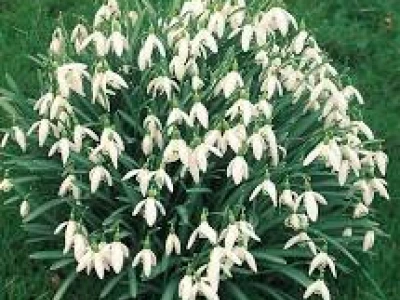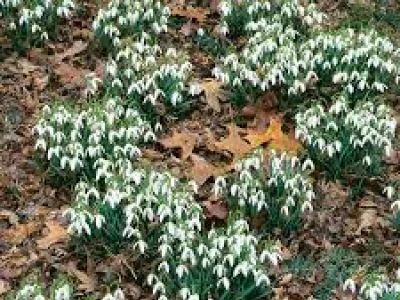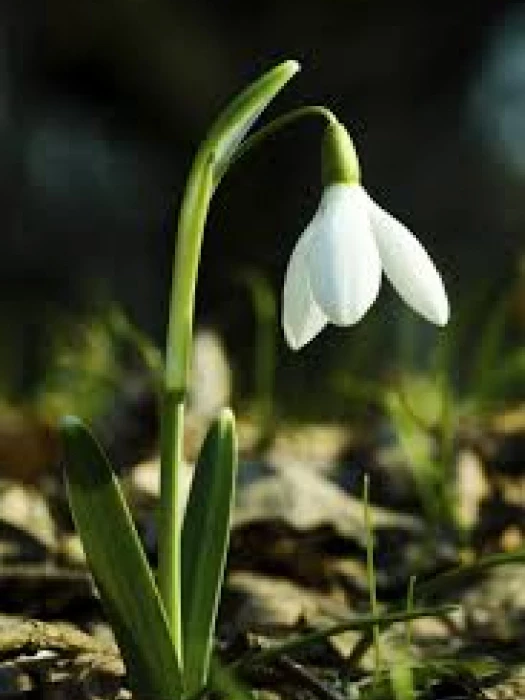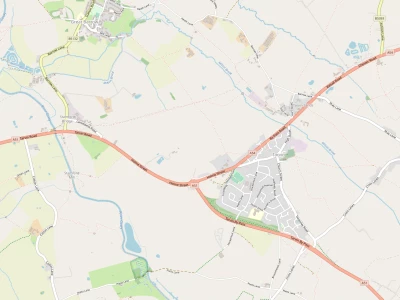Galanthus nivalis
Early January is the time when first small clumps of short, thin leaves start to grow and then the small white bells of the snowdrop flowers begin to appear, like tiny white stars against the darkness of the fallen leaves around them. However, it is usually February when the majority of flowers are open and it is then that, in places, the woodland floor has the appearance of a lovely white carpet.
In his travels around the district whilst driving his taxi, Jim Grogan (our founder) saw many spectacular displays of snowdrops and, once the Parish Council had been granted a Gardening Licence for the land which now comprises the stretch of our woodland from Broomheath Lane to Townfield Lane, Jim began his campaign to introduce snowdrops to the woodland. He began knocking on doors to ask if he could have a few of their snowdrop plants to put into the brand-new woodland.
Some of the donors were exceedingly generous and gave Jim donations by the bucketful but even so, the little plants did not make much of a show in such a large area.
However, Jim understood the way that snowdrops grow – and he exploited this to great effect. After a snowdrop bulb has finished flowering, it begins to make a number of tiny bulbs (referred to as bulbils) around the bulb's base. Next year, as the parent bulb flowers, it will be surrounded by the tiny leaves that the bulbils produce. Year by year, the bulbils will get bigger, until they are able to produce a flower themselves.
At this point, the original snowdrop will be in the centre of a clump of plants and, once these have all finished flowering but while the leaves are still green and healthy (a state which is described as being "in the green"), the clump can be carefully lifted and the plants divided. They must be then re-planted as quickly as possible, because snowdrop plants will not tolerate drying out.
Year after year, Jim and Sheila (plus a great many other volunteers who have latterly continued with the work) lifted, split and replanted the snowdrops, resulting in the display we see today. Whether any splitting can be done this year remains to be seen!
The snowdrop plant gets its botanical name Galanthus from the Greek word gala, meaning "milk" and ánthos, "a flower". It is a tiny member of the Lily family and there are about 20 different species (and a huge number of varieties and cultivars).
As far as I know, all of our snowdrops are of the species Galanthus nivalis – the nivalis part of the name meaning "of the snow" in Latin. The plants have two linear leaves and a single small white drooping bell-shaped flower which has six petals in two circles (or whorls). The smaller inner petals have delicate green markings.
Snowdrops have been documented for a long time. It seems that it was mentioned by Theophrastus in the 4th Century BC and again by Pliny in the 1st Century AD. However, its first appearance in print in Britain was in a herbal published by John Gerrard in 1597. He referred to it as the "tiny bulbous violet" and claims it originated in Italy but had "taken possession" in England "many years past". It is found across the British Isles and has been given several country names, including Candlemas bells, Fair maids of February and White ladies.
It is the fact that it flowers as early as it does that marks out the Snowdrop as being quite special. In their way, Wood anemones, celandines and bluebells are all beautiful, but they are accompanied by bursting leaf buds and the full panoply of spring.
Snowdrops appear when the woodland is at its darkest and drabbest, each one offering a tiny spot of brightness amongst the gloom. Jim chose well when he decided that our woodland needed snowdrops. Don't forget to take a walk through the woodland (if ever the present "muddy monsoon" season gives up!) and enjoy them for yourselves!
Ed: If you have any photos of this year's snowdrops please send them in.
Quick Links
Get In Touch
TarvinOnline is powered by our active community.
Please send us your news and views.

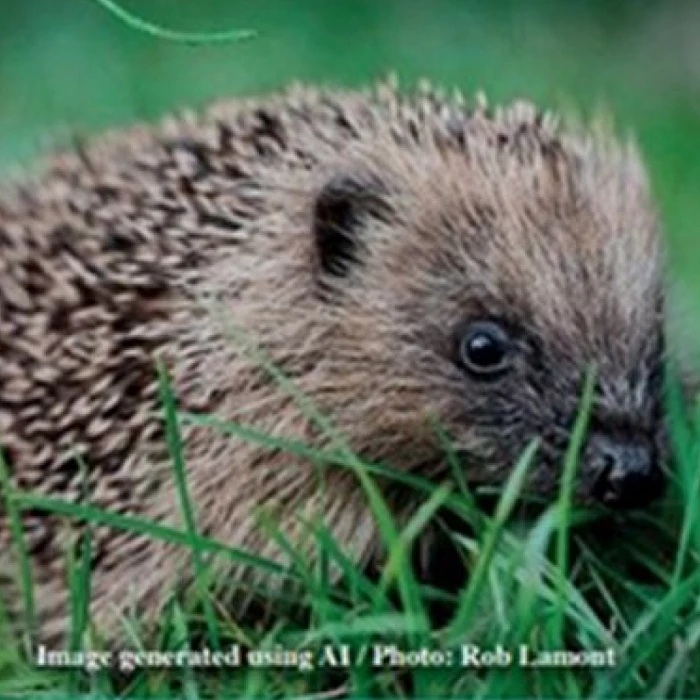
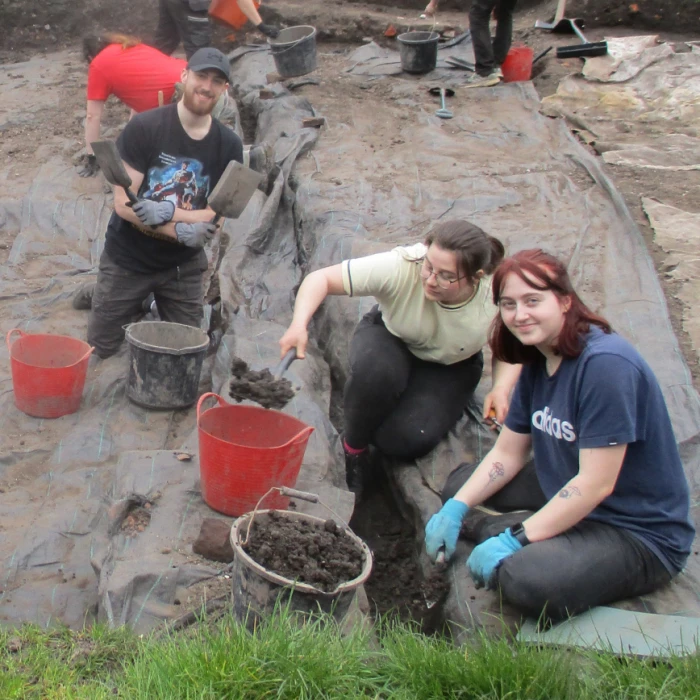



![TWT Plant Sale 2023 ba890fe3-5f67-4cbf-896e-5fdc0bdca5ee[374045]](https://l1.tm-web-01.co.uk/lib/bn8-Q752422.webp)
